
Home |
About Us |
How to Participate |
Biodiversity Modules |
Projects |
Maps |
News |
Resources

Home |
About Us |
How to Participate |
Biodiversity Modules |
Projects |
Maps |
News |
Resources
|
Definition of "Conifer Forest" - General Code 900: Areas containing greater than 25% of trees, primarily conifer, as the primary vegetation Conifer forest: Old Growth (952) |
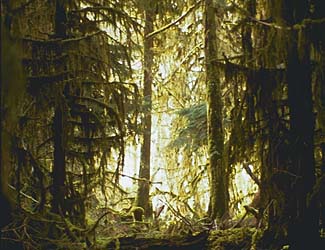 |
|
| Descriptive Habitat Code: Conifer forest (9) defined primarily by structure; 2 or more layers, (5) large (5) with a closed (2) tree canopy. | |
| Photo: KMD |
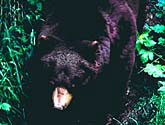 Black bear Ursus americanus Code: URAM Photo: KMD | Distribution and
Habitat: It is found in mountainous, forested, and wetland habitats Diet: Interesting fact: |
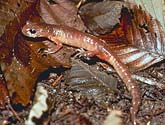 Ensatina Ensatina eschsholtzi Code:ENES Photo: WDFW |
Distribution and Habitat: It is found under bark, logs and rocks in coniferous and deciduous forests; both in open and wooded settings. Diet: Interesting fact: |
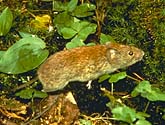 Gapper's red-backed vole Clethrionomys gapperi Code: CLGA Photo: WDFW |
Distribution and Habitat: This species is found from sea level to the timberline on both sides of Washington State. Diet: Interesting fact: |
 Long-toed salamander Ambystoma macrodactylum Code: AMMA Photo: WDFW |
Distribution and Habitat: It is found in semi-dry sagebrush areas, rocky shores of lakes, alpine meadows, and even developed areas, in rotting wood and under rocks near lakes, ponds, wetlands and other areas of standing water. Diet: Interesting
fact: |
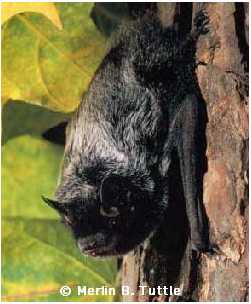 Silver-haired bat Lasionycteris noctivagans Code: LANO Photo: MT |
Distribution and Habitat: The Silver-haired bat ranges as far north as Alaska and occurs throughout Washington, although in the Columbia Basin, it is found along wooded trees. They roost only in trees and except during migration, hunt in the forests. Diet: Interesting fact: |
 Northern spotted owl Strix occidentalis Code: STOC Photo: NGAP |
Distribution and Habitat: It is found solely in old growth forests along the pacific coast of North America. Currently only about 10% of the forests in the Pacific Northwest are classified as old growth. Diet: Interesting fact: |
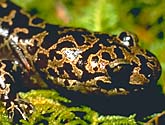 Pacific giant salamander Dicamptodon tenebrosus Code: DITE Photo: BL |
Distribution and
Habitat: It is found in moist forests on the rocky shores of mountain lakes and in or near cold streams. Diet: Interesting fact: |
 Roosevelt elk Cervus elaphus roosevelti Code: CEEL Photo: KMD |
Distribution and Habitat: Roosevelt elk are found in old growth forest areas and mountainous forested areas in western Washington. Rocky Mountain elk are smaller and are found in eastern Washingtn. Diet: Interesting fact: |
 Steller's jay Cyanocitta stellari Code: CYST Photo: RA |
Distribution and Habitat: It is found throughout conifer forests and developed areas with large trees. Diet: Interesting fact: |
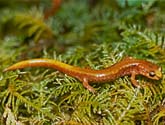 Van Dyke's salamander Plethodon vandykei Code: PLVA Photo: WDFW |
Distribution and Habitat: It is found under rocks and logs located near lakes, streams, creeks, rivers, wetlands and areas of saturated soil. Diet: Interesting fact: |
 Wood duck Aix sponsa Code: AISP Photo: RA |
Distribution and Habitat: It is found in wooded areas around lakes, ponds, rivers, estuaries and other wetland areas. Diet: Interesting fact: |
Home |
About Us |
How to Participate |
Biodiversity Modules |
Projects |
Maps |
News |
Resources